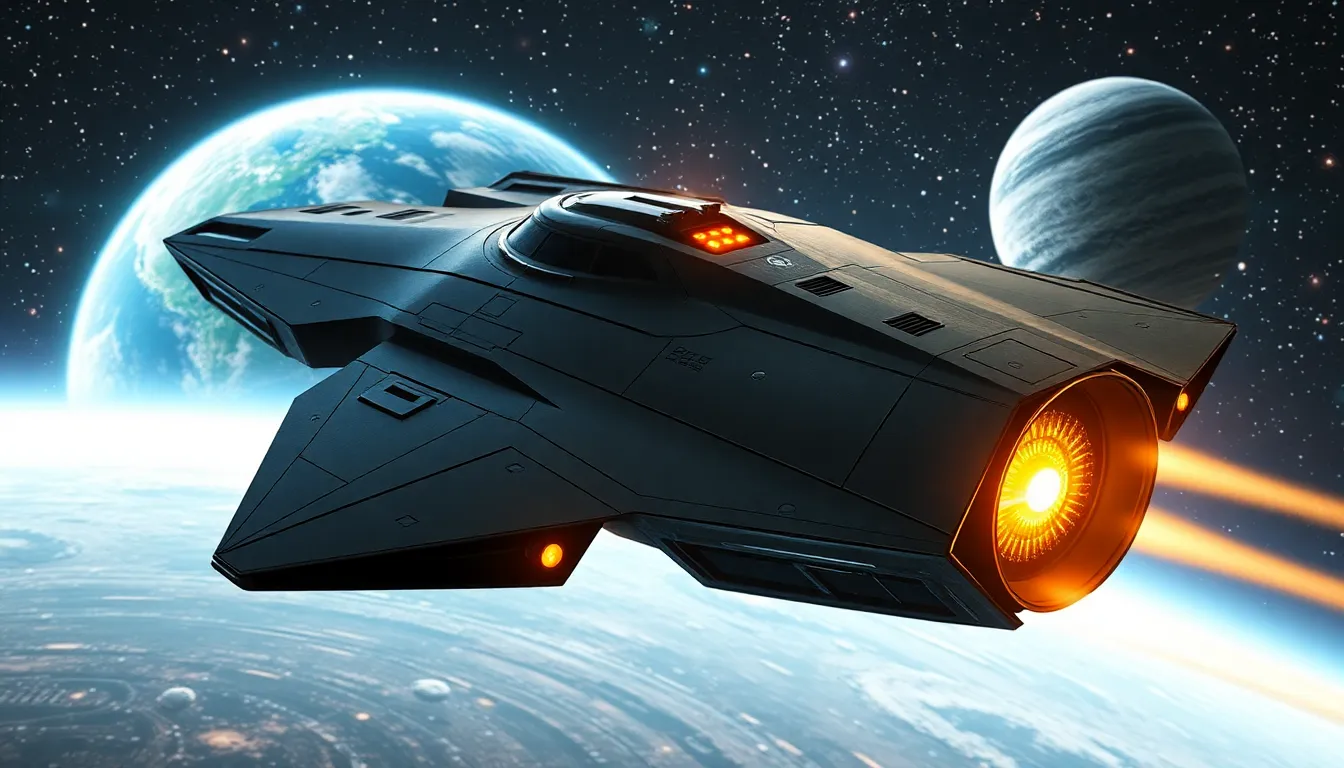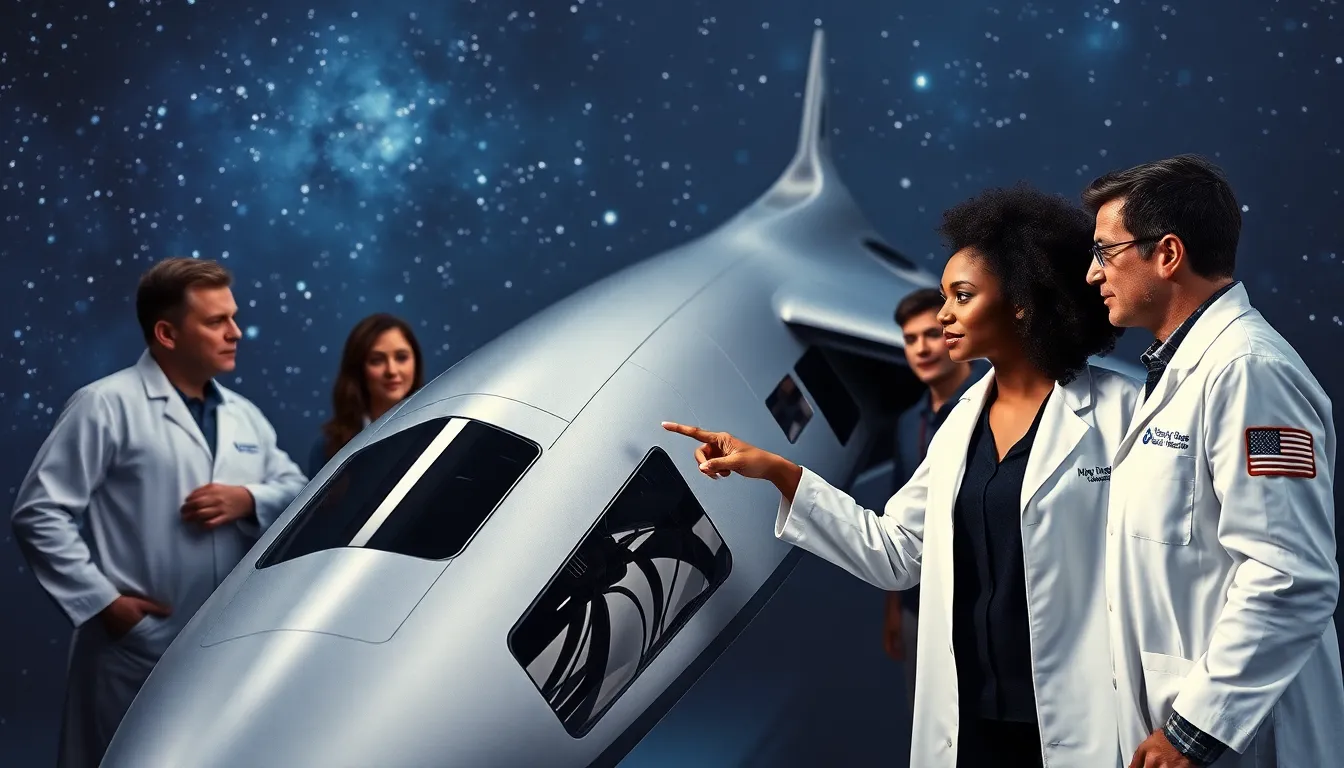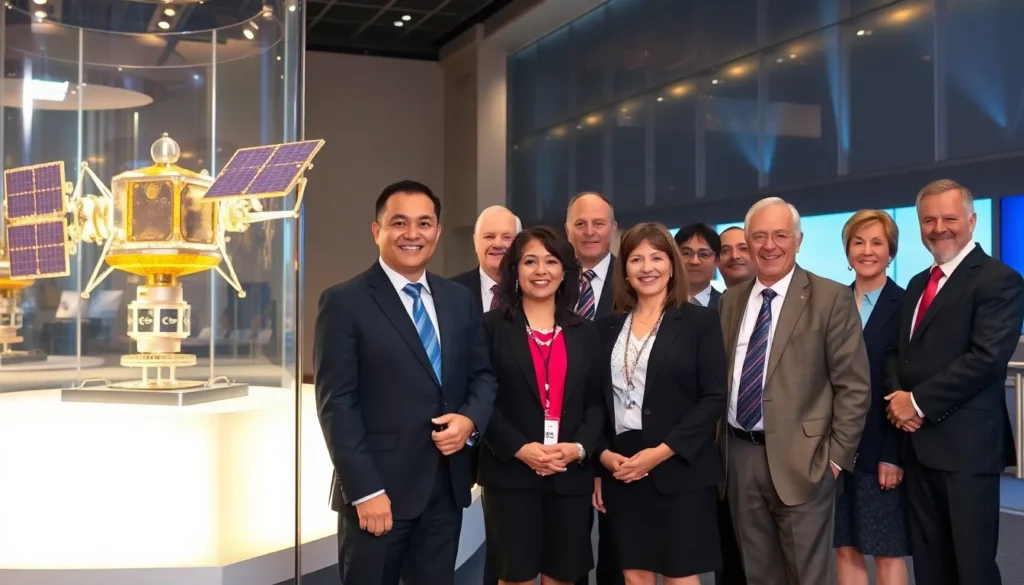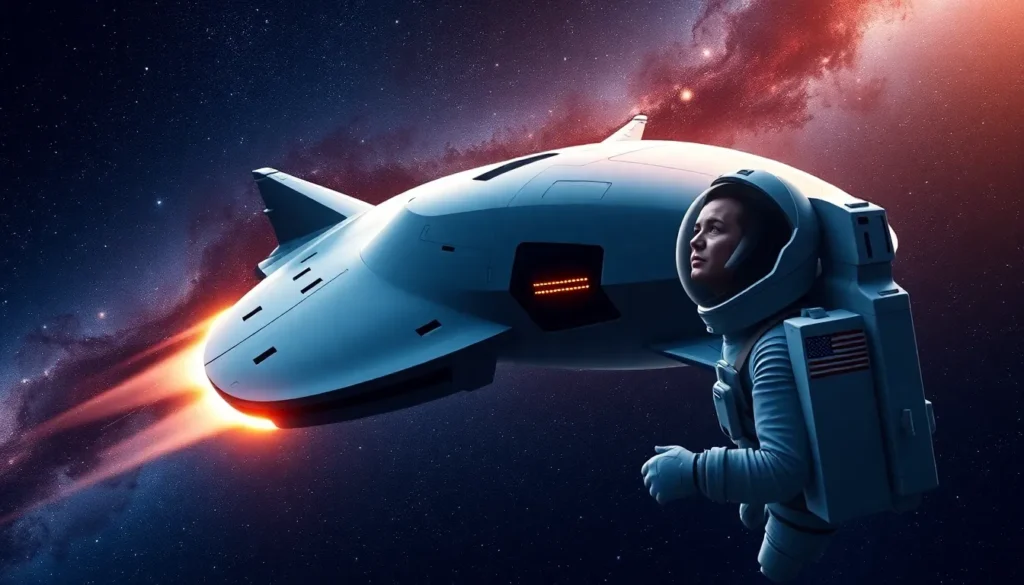In a universe filled with endless possibilities, spacecraft innovation is the rocket fuel propelling humanity into the future. From sleek designs that could make even a UFO blush to cutting-edge technology that turns science fiction into reality, the race to explore the cosmos has never been more thrilling. Who knew that one day, we’d be discussing spacecraft like they were the latest smartphones?
Table of Contents
ToggleOverview of Spacecraft Innovation
Spacecraft innovation encompasses the latest advancements in technology, materials, and design that enhance space exploration. Recent designs reflect a shift towards sleek, aerodynamic forms that optimize performance in various environments. Innovative materials, such as lightweight composites and advanced alloys, improve durability while reducing overall weight.
Technological advancements significantly impact mission capabilities. Automation and artificial intelligence enable sophisticated navigation and operation, allowing for more autonomous missions. New propulsion systems increase efficiency, shortening travel time and expanding the reach of space missions.
Recent spacecraft, like SpaceX’s Starship and NASA’s Artemis program, showcase cutting-edge features that redefine possibilities. Starship aims for reusable launch systems, maximizing the sustainability of space flights. Artemis integrates state-of-the-art tech for lunar exploration, paving the way for Mars missions.
Collaboration among international space agencies drives further innovation. Initiatives like the International Space Station facilitate shared knowledge and resources, accelerating development. Partnerships with private companies enhance funding and technology transfer, fostering a vibrant ecosystem for spacecraft innovation.
Future trends focus on expanding exploration and utilization of extraterrestrial resources. In-situ resource utilization technologies aim to exploit materials on other celestial bodies, such as the Moon and Mars. Such strategies will support long-term human presence beyond Earth and reduce reliance on terrestrial supply chains.
Overall, spacecraft innovation represents a dynamic intersection of engineering, science, and exploration. As advancements continue, humanity’s ability to navigate and utilize the cosmos becomes increasingly attainable.
Key Technologies Driving Spacecraft Innovation

Recent advancements in spacecraft innovation rely heavily on cutting-edge technologies. These technologies enhance performance and make space exploration increasingly feasible.
Advanced Propulsion Systems
Electric propulsion systems significantly optimize fuel efficiency. These systems utilize ion thrusters, which generate thrust by accelerating ions, allowing spacecraft to travel faster and farther. Traditional chemical rockets are being augmented with hybrid systems, combining the best of both worlds. Nucleon-based propulsion, still in development, promises even faster travel times for deep space missions. Integrating these innovations can reduce mission costs and increase payload capacity, making exploration more accessible.
Autonomous Navigation
Automation in spacecraft navigation transforms mission capabilities. Autonomous systems adapt to changing environments, reducing the need for real-time control from Earth. Onboard sensors and machine learning algorithms analyze data, allowing spacecraft to make informed decisions. This level of autonomy lowers risks during complex maneuvers, such as landings on extraterrestrial surfaces. Incorporating advanced navigation technologies enables longer missions with fewer human resources, paving the way for future explorations beyond immediate reach.
Notable Innovations in Recent Spacecraft
Recent advancements in spacecraft technology showcase groundbreaking innovations that enhance mission capabilities and exploration potential.
Mars Rover Technologies
Mars rover technologies have undergone significant transformation in recent missions. Rovers like Perseverance utilize advanced autonomous navigation systems, allowing for real-time decision-making on the Martian surface. Each rover is equipped with new scientific instruments, such as the SHERLOC sensor, which detects organic compounds and signs of past life. Innovations also include enhanced communication systems that facilitate faster data transmission between Mars and Earth. The deployment of helicopters, like Ingenuity, expands exploration capabilities, demonstrating powered flight on another planet. These technologies create opportunities for deeper understanding of Mars’ geology and climate.
Satellite Miniaturization
Satellite miniaturization continues revolutionizing the space industry. Small satellites, or CubeSats, enable cost-effective launches and facilitate diverse missions. Innovations in propulsion systems enhance maneuverability and extend operational lifespans. Each smaller satellite can carry sophisticated sensors, collecting data for environmental monitoring, weather forecasting, and Earth observation. This shift towards miniaturization fosters increased collaboration among universities, startups, and established aerospace companies. The successful deployment of constellations of small satellites, such as SpaceX’s Starlink, showcases scalable communication networks, significantly impacting global internet access.
Future Trends in Spacecraft Innovation
Innovations in spacecraft are steering the future of space exploration toward groundbreaking achievements. Focus is increasingly on sustainability and smart technologies, paving the way for efficient and responsible missions.
Sustainable Spacecraft Design
Sustainable design prioritizes environmental responsibility in spacecraft development. Emphasis on lightweight materials reduces launch costs significantly. Solar panels and advanced energy storage systems enhance energy efficiency during missions. Reusability of spacecraft components decreases waste, making every launch more environmentally friendly. New manufacturing processes streamline production while minimizing resource consumption.
AI and Machine Learning Applications
AI and machine learning play a crucial role in future spacecraft innovation. These technologies facilitate autonomous decision-making, enabling spacecraft to navigate complex environments independently. Machine learning algorithms analyze vast amounts of data, enhancing mission planning and execution. Predictive analytics improve system reliability, anticipating failures and recommending interventions. The integration of AI leads to more efficient operations, transforming mission capabilities and expanding possibilities in deep space exploration.
Spacecraft innovation is reshaping humanity’s journey into the cosmos. The blend of advanced technology and creative design is making space exploration more efficient and accessible. As new propulsion systems and autonomous navigation capabilities emerge, missions are becoming more ambitious and sustainable.
The collaboration between private companies and international space agencies fuels this rapid evolution. With a focus on utilizing extraterrestrial resources and enhancing communication networks, the future of space exploration looks promising.
As these advancements continue to unfold, the potential for discovery and understanding of the universe expands. Humanity stands on the brink of a new era in space exploration, where the possibilities are limited only by imagination.




